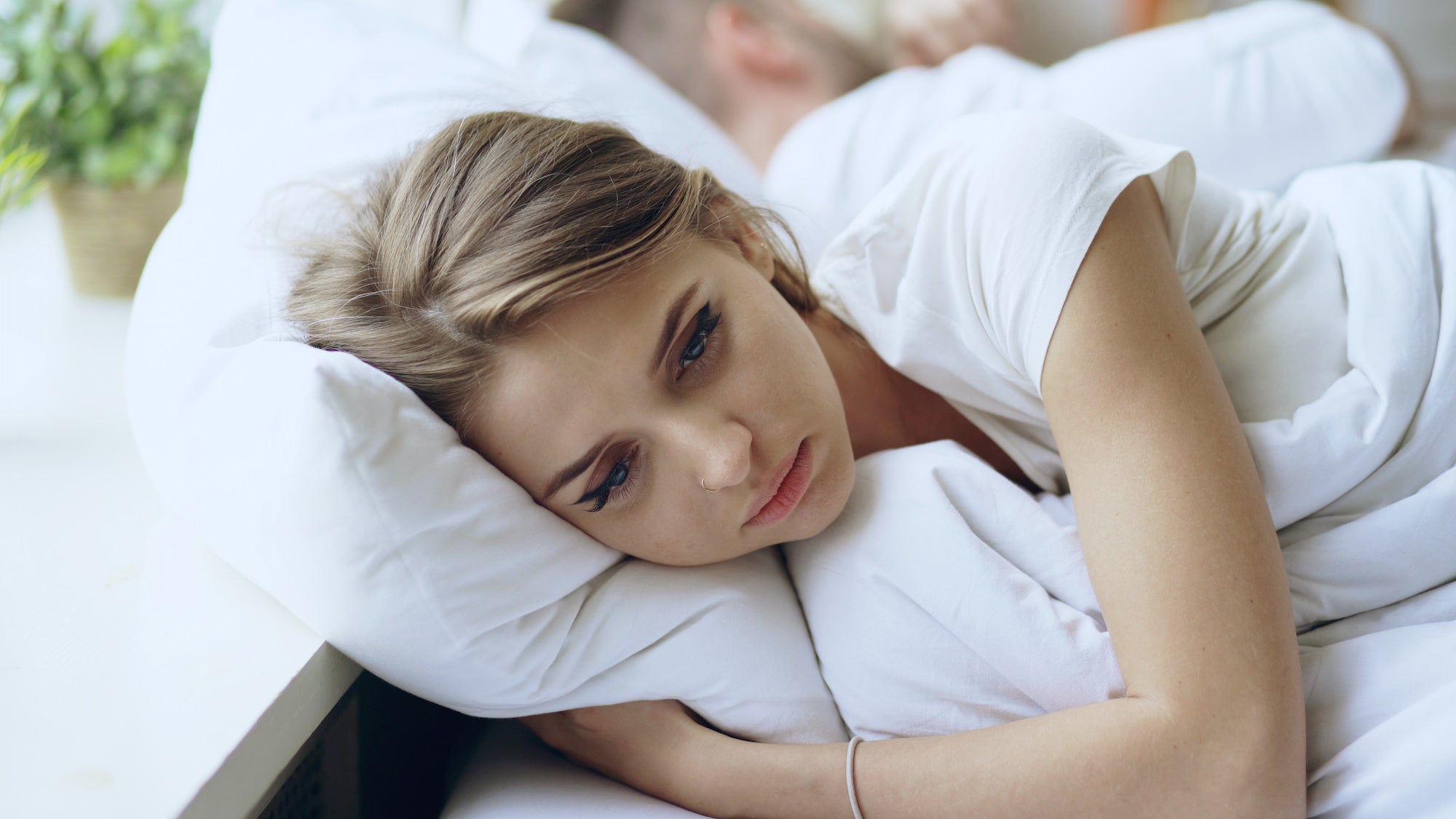
Your Definitive Guide to Hormonal Acne
Raise your hand if you’re in your thirties and still have acne. Um, what? Yeah, me too.
Adult acne is all hormonal, right? At least that’s what the internet says. It appears on your lower face and jawline, it gets especially bad during that time of the month, and it Just. Won’t. Quit.

Are you supposed to treat hormonal acne differently than the pustules that appeared in your high school years? Can you get rid of it, or are you destined to revert to your ‘pizza face’ teenage persona for the rest of eternity?
So many questions and the interwebs offer no definitive answers. What’s a girl to do?
I’ll tell you. A girl has got to educate herself and get her hands and some acne-healing products that work.
Ready for it? Here we go.
What is Hormonal Acne, and Do I Have It?
I have a secret for you, but this is one you can share: all acne is hormonal acne. That’s right, you can re-read it if you want, but it’s still true. If you have acne, you have hormonal acne. An easy answer to a complicated question? Yes, please.
What Causes Hormonal Acne? Is it My Fault?

One of the causes of acne is excess oil production, AKA sebum. Sebum production is directly related to your hormones. An imbalance in hormone levels causes too much sebum.
Essentially what happens is all that extra oil encourages your dead skin cells to stick to your face instead of shedding off like they’re supposed to. That glob of oil and dead skin is a delicious feast for bacteria, and the whole bundle ends up clogging your pores.

The variables in the severity of breakouts are usually because of things that affect your hormones like your period, stress, and diet.
So is it your fault? Not really. You can’t control the hormone imbalance that is causing the excess sebum in the first place, BUT you can balance your stress and clean up your diet to help restore your hormones into a more balanced state.
Is My Cystic Acne Hormonal?

You already know the answer to this one, but I’m happy to give you a little reminder. All acne is hormonal acne.
Like regular acne, cystic acne is also caused by a bundle of oil, dead skin, and bacteria clogging your pores. The difference is, cystic acne is a more advanced case than your average zit. Hormones are being triggered non-stop, telling your sebum to go into overdrive.
This causes layers and layers of build-up deep within the skin. Cystic acne forms deeper and gets inflamed before it surfaces and sometimes it doesn’t reach the surface of the skin at all.
The worst part about these little monsters? They are painful.
How Do I Treat My Hormonal Acne?

Although there are different types of acne, the way to heal them is pretty much the same.
You need three essential acne-fighting elements :
- A way to control the excess sebum
- Antibacterial ingredients that kill harmful bacteria but replenish the good stuff
- Exfoliation to remove the dead skin cells before they can clog pores
(Looking for more? Check out this post on How to Get Rid of Acne for ALL the details.)
You have the three simple steps, but how do you put them into action? Lucky for you, we’ve got the perfect system all worked out.
The Averr Aglow Clear Skin Kit has everything you need to balance, clean, and exfoliate your complexion.
How Do I Use the Clear Skin Kit to Treat My Hormonal Acne?

You’ll start with the Clarifying Hydration Dew that helps the other products melt into your skin. It soothes inflammation while balancing and hydrating for an extra touch of indulgence.
Follow that up by buffing the Radiant Cleansing Nectar into your skin with a cotton pad. Our cleanser is full of essential oils with antimicrobial ingredients, vitamins, and antioxidants. It cleans out the bad bacteria in your pores and replenishes your face with crucial nutrients to keep it healthy.
Jojoba oil in the Radiant Cleansing Nectar mimics the sebum that your skin creates, signaling it not to overproduce.
The cotton pad exfoliates and removes dead skin and grime while leaving behind the ingredients your skin needs to thrive. No rinse is needed! You’ll finish this step with clean, refreshed skin that doesn’t feel tight or dry like it can when it’s stripped of hydration from harsh cleansing.

In the evening, you’ll complete your skincare routine with the Clear Skin Elixir. Affectionately referred to as ‘Magic in a Bottle,’ this overnight mask also serves as a spot treatment.
Minerals like French Pink Clay and Coral pull the impurities out of your skin and help heal your current breakouts, fast. Vitamins soothe your inflammation and help prevent future breakouts so that you wake up every morning and put your best face forward.
In the morning, instead of the elixir, you’ll finish with the Flawless Nourishment Cream for a day full of hydration. While hydrating your skin, this moisturizer corrects dark spots, scars, and fine lines.

With the help of the Clear Skin Kit, you’re setting your complexion up for success.
Hormonal acne might sound scary and daunting but don’t get discouraged. With the right combination of natural products and healthy lifestyle choices, you can nip it in the bud. Our Clear Skin Kit has all the ingredients and methods you need to heal your complexion and existing breakouts while lovingly nourishing your skin to residual health.
It’s never too late to get the skin you deserve. Get your Clear Skin Kit today and start the beginning of the end of your journey to clear your skin.





